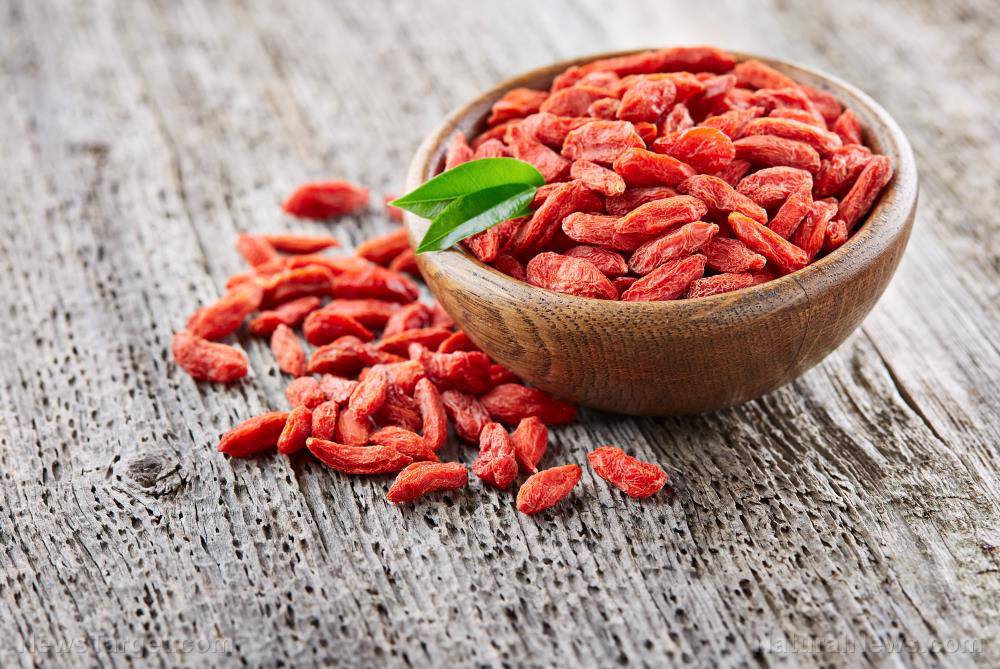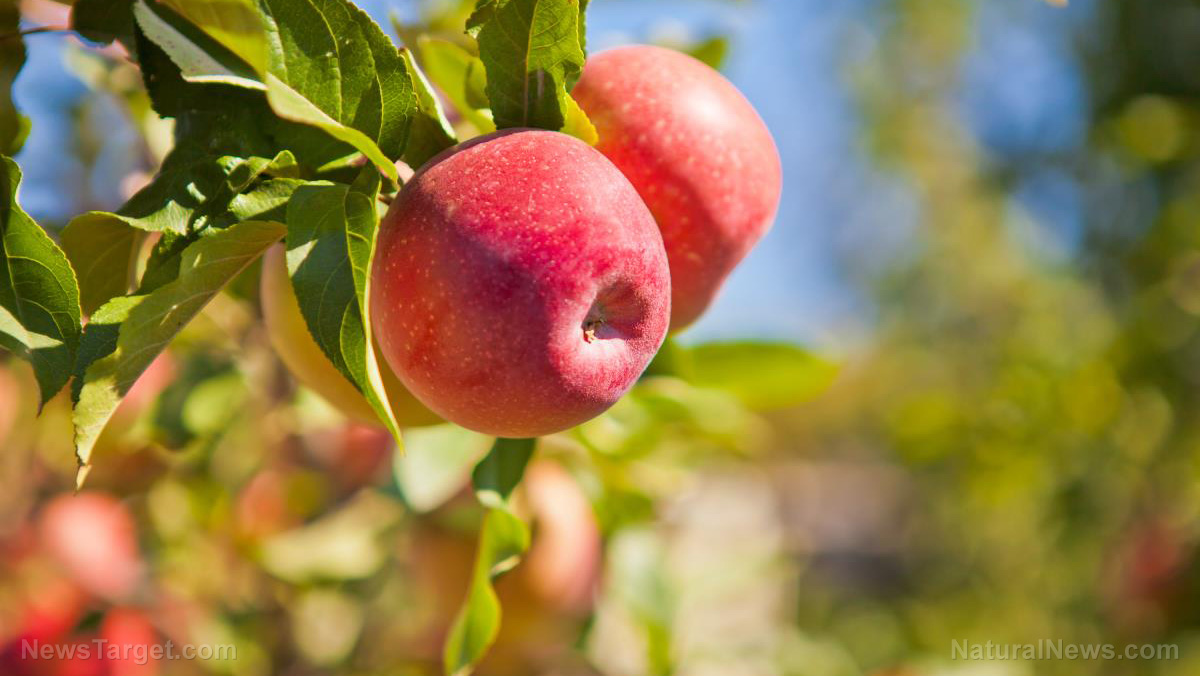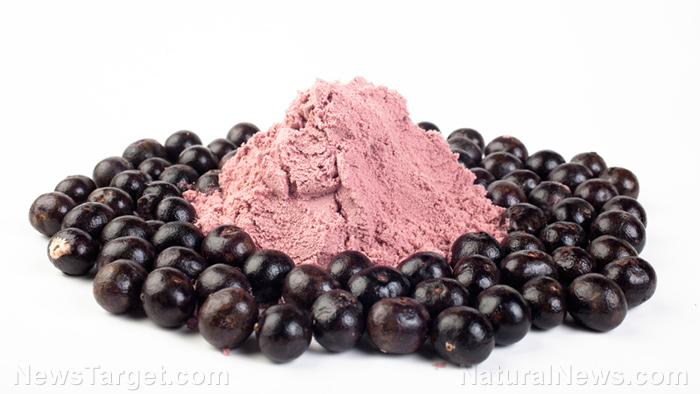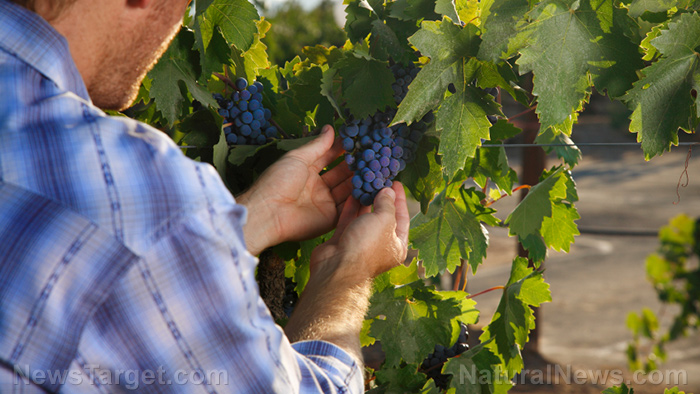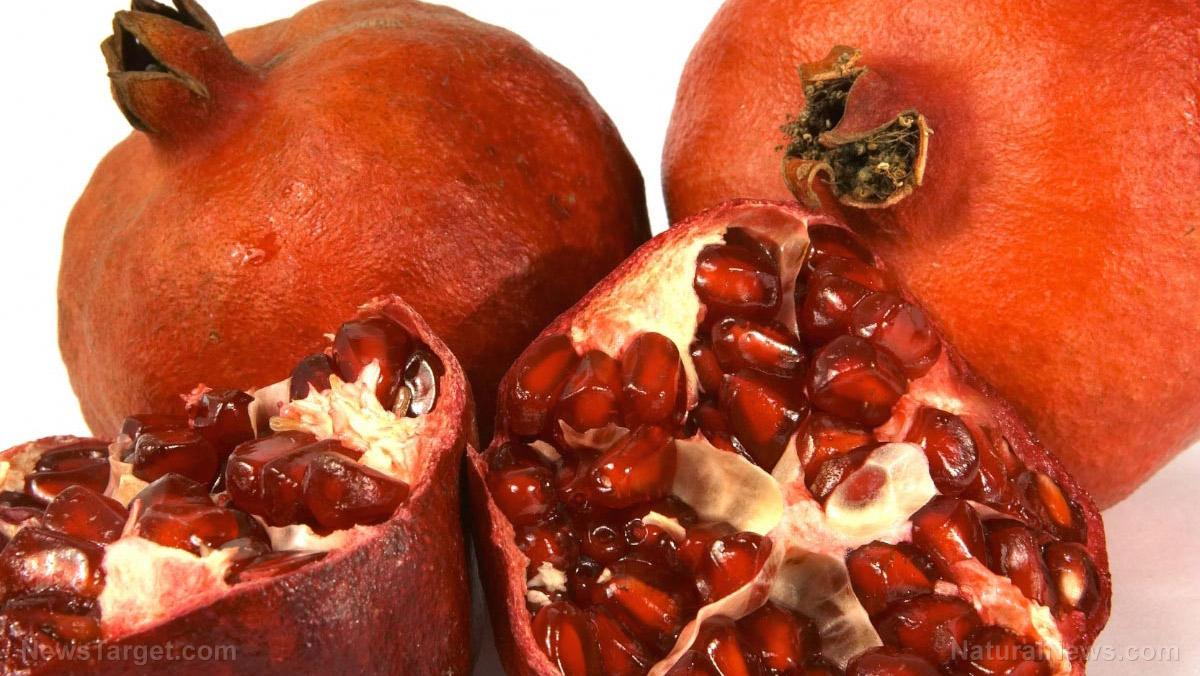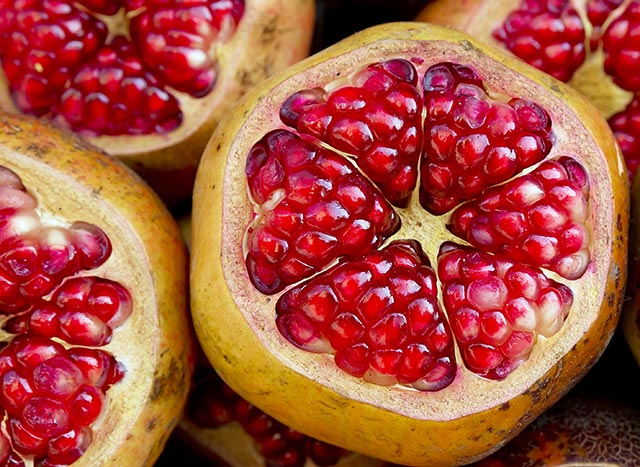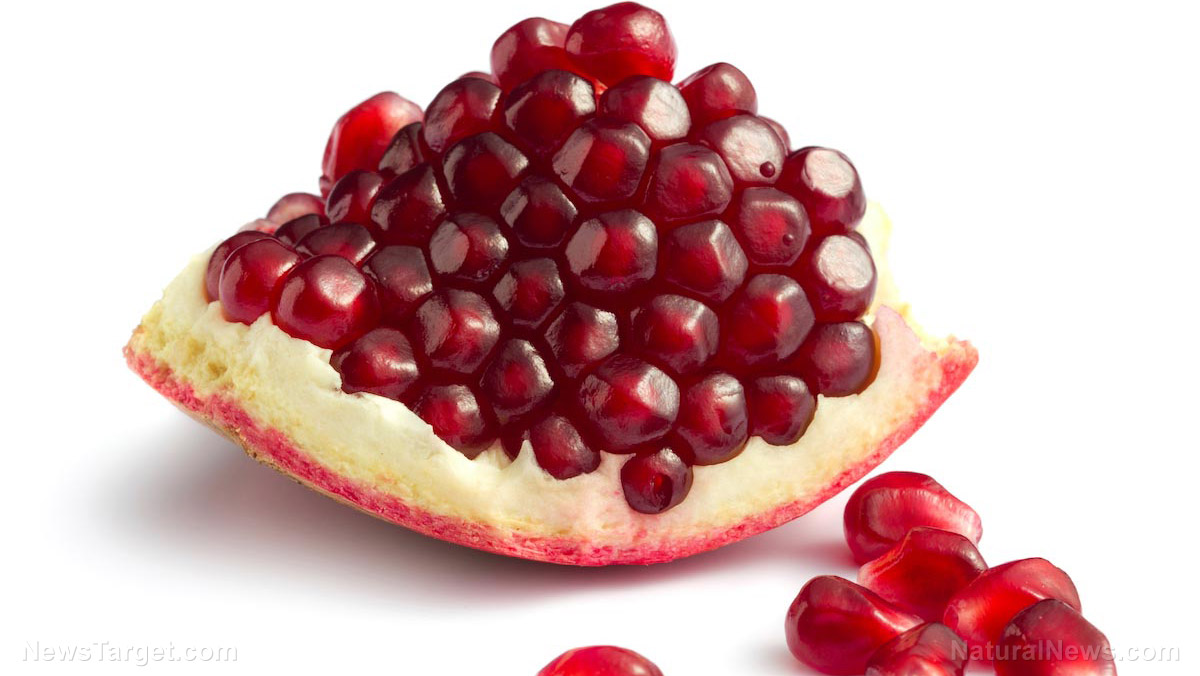Reduce food waste by learning how to store fresh fruits and vegetables properly
06/10/2022 / By Zoey Sky
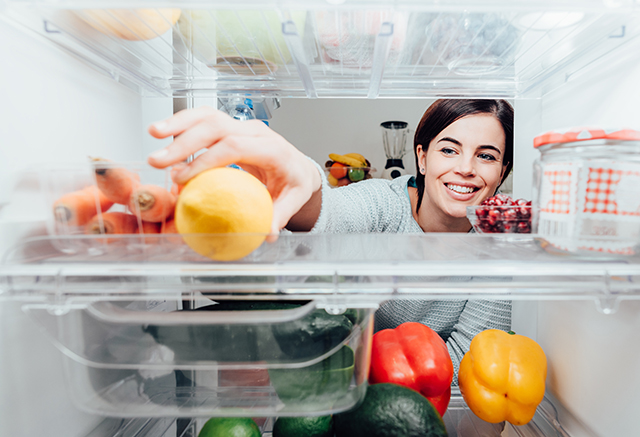
The average American household wastes more than 30 percent of the food it obtains. Unfortunately, this wasteful habit has financial and environmental consequences.
To reduce food waste, store food properly, shop better and start meal planning.
Basic tips for storing produce properly
When storing fresh fruits and vegetables, remember these three important factors: ethylene, airflow and temperature.
Some fruits naturally release ethylene gas, which quickens the ripening and decay of nearby produce. Familiarize yourself with the ethylene production and sensitivity of fresh fruits and vegetables, as well as their airflow requirements, to successfully eliminate food waste in your kitchen.
Finally, you should understand the temperature regions of your fridge. Usually, the top shelves and doors are warmer and the lower areas and the back of the fridge are cooler.
Drawers, like your crisper, are cool and retain humidity. Some crispers also have a moveable piece that can be adjusted to let moisture out or trap it in. Label these sections to store produce efficiently and prevent spoilage.
Use vegetable scraps and leftovers to make meals or snacks instead of just throwing away items that are still safe to eat. For example, you can use stems from fresh herbs like basil, cilantro, dill and parsley to make dips, pesto and blended sauces. You can also use leftover vegetables to make a soup or stew.
Apples
Store apples in the fridge so they don’t get mealy. Keep other produce away from this high-ethylene-producing fruit to protect them from premature decay, or store your apples in a sealed bag.
Bananas
Bananas release high levels of ethylene gas, so store them alone on the counter.
Once they’re ripe, move bananas to the fridge for a couple of days until you’re ready to eat them. Buy bananas that are still a little green so they don’t get overripe too quickly.
Berries
Blackberries, blueberries, raspberries and strawberries should be refrigerated in a sealed container with a little airflow and lined with towels to prevent the buildup of moisture. Keep the lid slightly ajar or use a container with holes in it.
Broccoli
Since broccoli is a winter vegetable, it can handle cold temperatures. Keep whole heads of broccoli in the cool crisper drawer and wrap them in a damp towel to stay fresh.
Carrots and celery
Submerge cut carrots and celery in a jar of water. They should last for two weeks and a month, respectively.
Whole carrots can last in the fridge on their own for a while, but celery must be wrapped in aluminum foil and stored in the refrigerator.
Citrus fruits
Generally, it’s best to keep grapefruits, lemons, limes, oranges, tangerines and other citrus fruits at room temperature until they hit peak ripeness for a week or so. After this, put them in the fridge.
Corn
Keep corn from drying out. Store the ears still in their husks in a reusable silicone bag and leave them in the crisper drawer until you’re ready to use them.
Cucumbers
The flavor of cucumbers is impacted by cold temperatures so store them on the counter. To extend their life by refrigerating, wrap them in a towel so they stay dry and store them in a reusable, cloth grocery bag for ventilation.
Herbs
For soft-stemmed herbs like basil, cilantro, dill, mint, parsley and tarragon, place the stems in a jar with a few inches of water and put them in the fridge.
Hard-stemmed herbs like chives, oregano, rosemary, sage and thyme should be wrapped in a damp towel and stored in a sealed container in the crisper drawer.
Kale
Wrap kale leaves in a towel to catch excess moisture and place the whole bunch in a reusable silicone bag.
Melons
Always store melons out of the fridge when they’re whole and uncut. Store sliced melons in an airtight container in the fridge.
Onions and garlic
Onions and garlic can be stored together, but keep them away from moisture in a low-humidity environment. Both like good air circulation, so use a basket or mesh or paper bag.
Onions prefer a cool, dark place, like a closet or basement storage room and they will last for months. Once cut, refrigerate onions in a beeswax wrap.
Garlic can be left on a kitchen counter in a breathable container. Refrigerating garlic can make it lose some of its flavor.
Potatoes and sweet potatoes
Potatoes should be stored similarly to onions, but you should keep them away from each other. The gases emitted by onions will cause sprouting in the potatoes.
Keep potatoes and yams in a dark, cool place, like a root cellar, cabinet, closet, or drawer. Store potatoes in a basket or other open container to prevent spoilage.
Salad greens
Wrap salad greens in a light, reusable dish towel to soak up water and keep leaves from getting soggy.
To revive limp greens, submerge them in a bowl of very cold water before eating. (Related: Culinary cheat codes: 11 Delicious ways to reduce food waste.)
Summer squash
Summer squashes like zucchini are similar to cucumbers, but they need to be refrigerated. Don’t chill the vegetables at temperatures any lower than 50 F, which might cause chilling injuries.
Tomatoes
Keep tomatoes out of the refrigerator. Store fresh tomatoes upside down in an open, flat container at room temperature and out of direct sunlight.
If they’re very ripe, refrigerate them until ready to use. Tomatoes give off ethylene gas, so keep them away from other fruits and vegetables.
Winter squash
Winter squashes like acorn and butternut should be kept out of the refrigerator. They will last for weeks or months on the countertop.
Visit NaturalNewsRecipes.com for tasty recipes that you can use to prevent food waste.
Watch the video below to learn how to make dehydrated apples for long-term food storage.
This video is from the Prepping101 channel on Brighteon.com.
More related stories:
Waste not, want not: 10 ways to reduce food waste.
Meal preps are a great way to save food – and money.
Simple tips and ideas to avoid food waste.
Sources include:
Submit a correction >>
Tagged Under:
food science, Food storage, food supply, food waste, Fresh, fruits, homesteading, Off Grid living, organics, sustainable living, tips, veggie, Zero Waste
This article may contain statements that reflect the opinion of the author
RECENT NEWS & ARTICLES
COPYRIGHT © 2017 FRUITS NEWS


